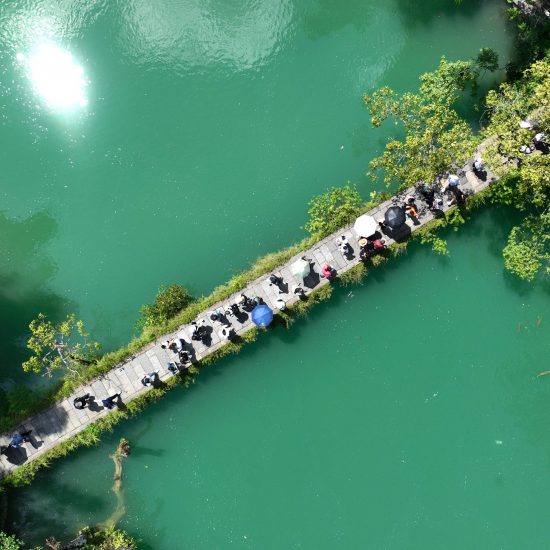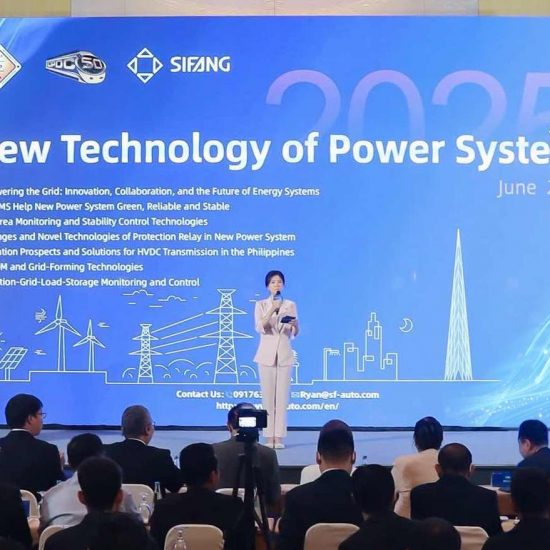
Virgin Galactic is expanding its reach to Asia, inviting potential customers to express interest in its upcoming space tourism flights. The company, known for its ambitious plans to make space travel accessible to private citizens, is offering a ticket price of $600,000 for a seat on its suborbital flights.
The company’s strategy aims to tap into the burgeoning market of high-net-worth individuals in Asia who are eager to experience the unique thrill of space travel. This move comes as Virgin Galactic prepares to launch its new fleet of spaceships, with flights scheduled to begin in 2026. The new generation of spacecraft, designed to improve the safety and comfort of space tourism, marks a significant advancement from the earlier models that conducted test flights.
Virgin Galactic’s initiative to court Asian clients reflects the growing interest in space tourism globally and the expanding disposable income of potential space travelers in Asia. The company has been methodically building its infrastructure and technology, including the development of its spaceport and spacecraft, to support the anticipated demand.
The decision to approach the Asian market follows successful test flights and increasing investment in the space tourism sector. The company’s founder, Richard Branson, has long championed the idea of space as a new frontier for commercial exploration. His vision includes making space travel a reality for people beyond the traditionally affluent circles, although the current ticket price remains a significant barrier.
As Virgin Galactic gears up for its 2026 launch, the company has also focused on establishing partnerships and collaborations in Asia. These efforts include negotiations with regional space agencies and private sector players to facilitate the logistics and marketing of its space tourism packages. The goal is to ensure a seamless experience for clients and to position Virgin Galactic as the premier choice for space enthusiasts in the region.
Virgin Galactic’s new spacecraft are expected to offer enhanced features compared to their predecessors. These improvements are designed to provide a smoother and more comfortable ride to the edge of space. The company has invested heavily in research and development to address the challenges faced during early test flights, including refining the flight trajectory and improving the cabin environment.
The Asian market represents a significant opportunity for Virgin Galactic, given the region’s rapid economic growth and increasing interest in luxury experiences. Countries like China, Japan, and India have shown a keen interest in space exploration and technology, making them ideal targets for Virgin Galactic’s space tourism offerings.
Moreover, the company’s strategy includes extensive marketing campaigns tailored to the Asian audience. These campaigns are aimed at educating potential customers about the space travel experience, addressing concerns about safety, and highlighting the unique aspects of the journey. Virgin Galactic is leveraging its high-profile test flights and endorsements from celebrities to generate excitement and interest among prospective clients.
In preparation for the 2026 flights, Virgin Galactic is also investing in its spaceport infrastructure. The company’s spaceport in New Mexico, which has been the site for numerous test flights, will serve as the primary launch facility. However, plans are underway to establish additional spaceports in other regions, potentially including Asia, to accommodate the anticipated increase in demand.
The broader implications of Virgin Galactic’s expansion into Asia extend beyond the immediate realm of space tourism. The company’s efforts are expected to stimulate interest and investment in space-related industries within the region. This could lead to increased collaboration between Asian countries and international space agencies, fostering advancements in space technology and research.




